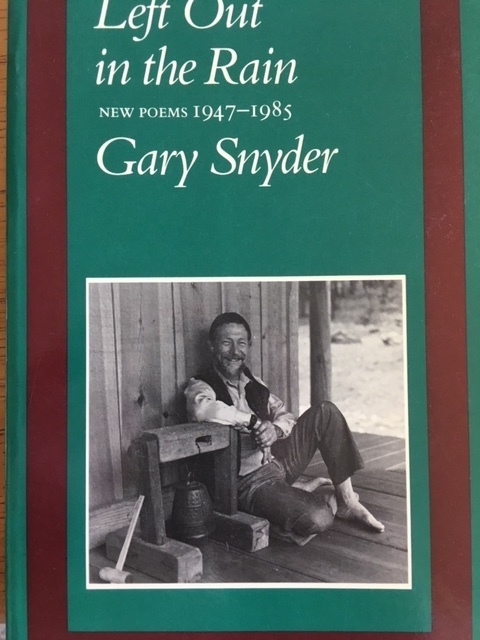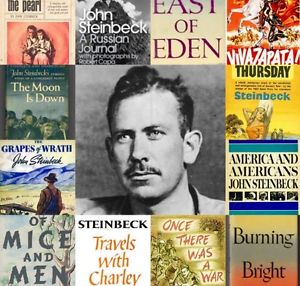In the 1970s and ‘80s, I spent a lot of time in Maine, towards the Ellsworth area and places on the coast. I had a high-school friend who headed north after reading about organic farming and geodesic domes in Mother Earth News. He bought land, stayed the course, and made a life and living there for himself and his family. When I began visiting him, a community service group in the region, H.O.M.E., published a monthly tabloid newspaper called This Time from their base in Orland, Maine. Each issue included a page of poetry. The editors used several of the poems that came out of my experiences in Maine. Below are a couple of compositions from that period and a newer piece that’s a mash-up of a few letters I sent to my friend decades ago.
On the Union River
Laughing at the thought
Of tennis rackets on my feet,
I moved over a snowfield
Blue by the moon and stopped.
No sound
This far
Into the
Interior.
At this high cold point,
Impurity froze out of the air.
I pictured our cabin,
The wet hay bales
Stacked around for insulation,
Stinking all day.
Something from Maine
I was a big man on a big trip. I yelled out the car window,
“I eat death for breakfast!” and gunned the engine.
What catches me?
A gray horse framed by apple blossoms.
Sky-colored river drifting reeds.
Water preening the shore, slurping boat oars all morning.
Nine black-and-yellow butterflies taking sun in mid-road,
So drowsy I can hold one, so drowsy one gets crushed by a truck.
Softball Game, Down East Maine
Call the town meeting to order, Mr. Moderator.
It’s the Otis Ice Cream Palace vs. the Heron Chokers.
We’re convened at the lumpy field near Maggie’s camp—
Dead grass, cereal-box bases, junked car-hood backstop.
Regulars pull up on bikes, cycles, in pickups, old vee-dubs.
Fifteen players, six gloves, and a dog-chewed catcher’s mitt.
A couple-three cases of beer. Iced Moxie. Total equal opportunity.
Women, children, guys, old men, players, dabblers, gamblers.
One pitcher wears combat boots. The bat’s cracked-and-taped.
Talk about Game of the Week—this is all beyond TV.
—Paul Marion (c) 2018

















